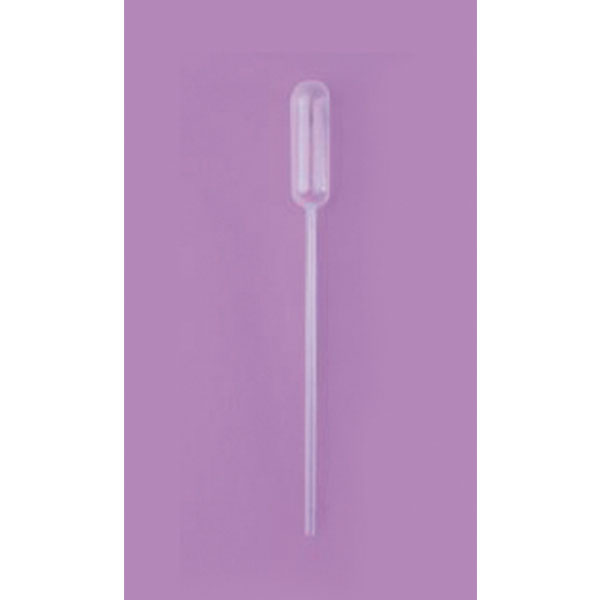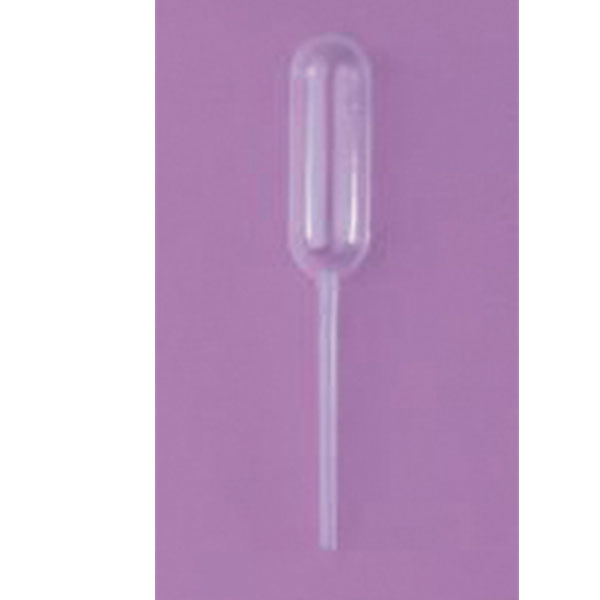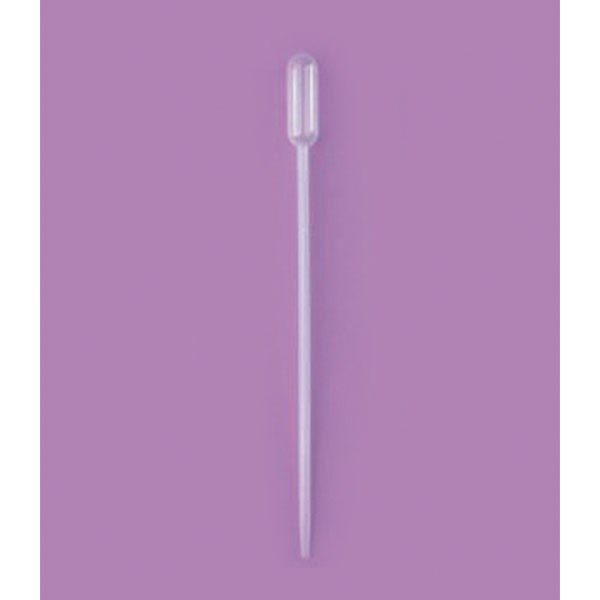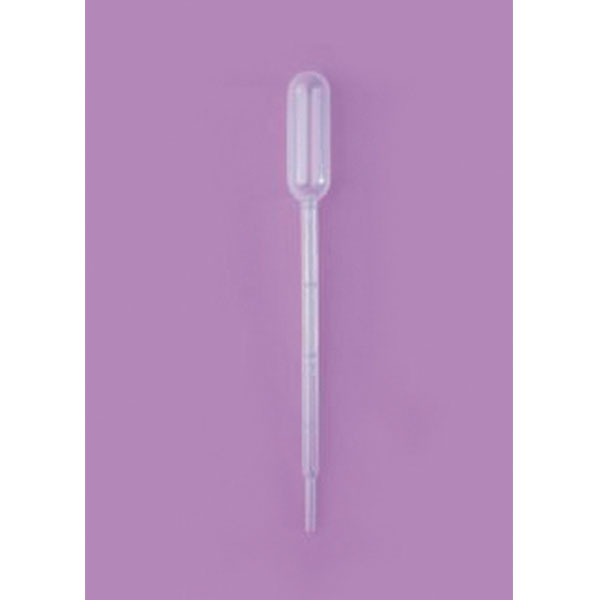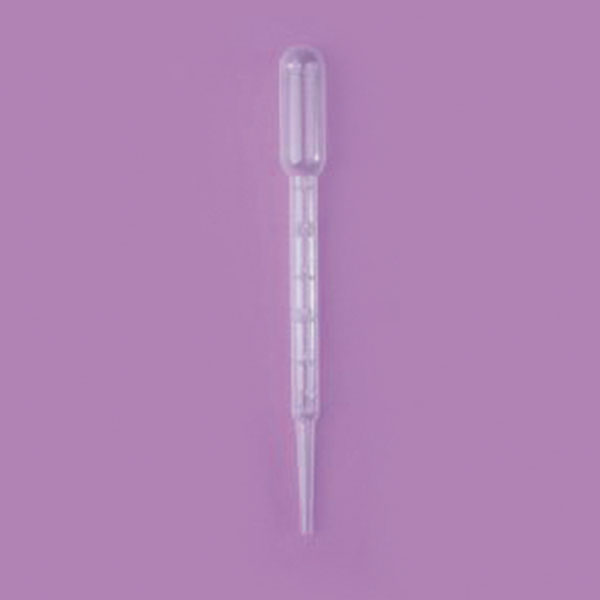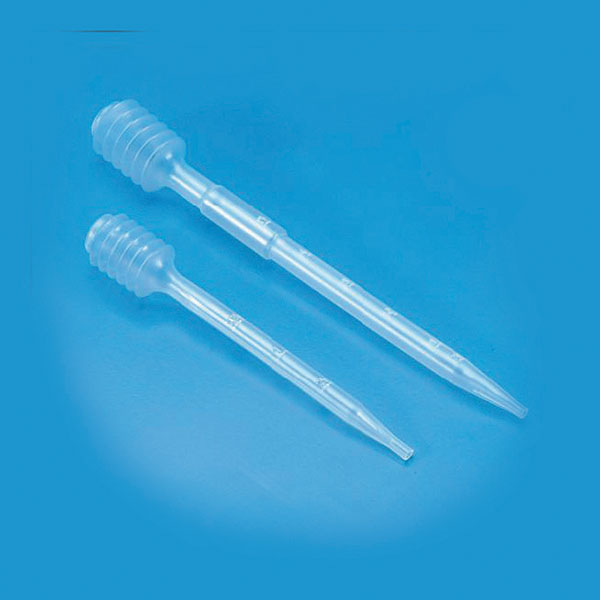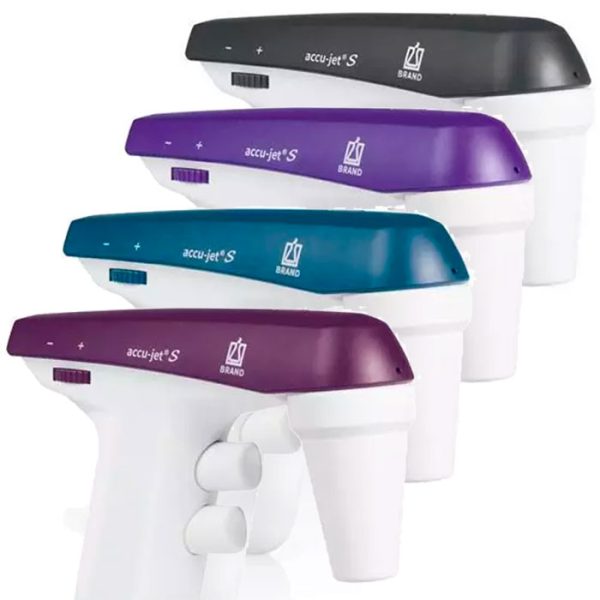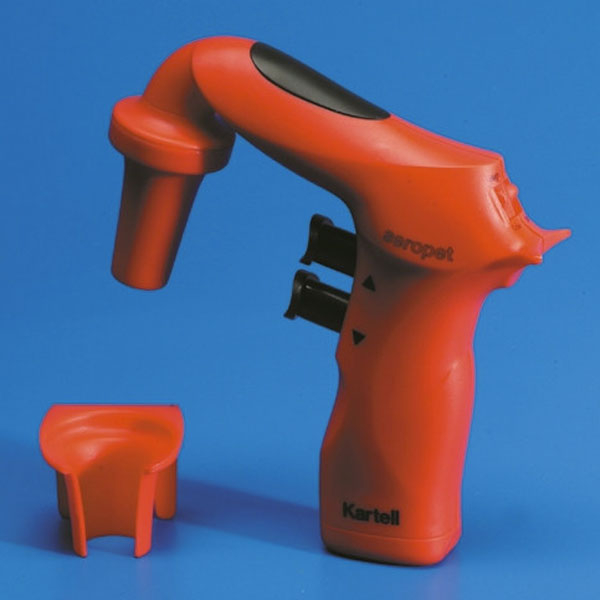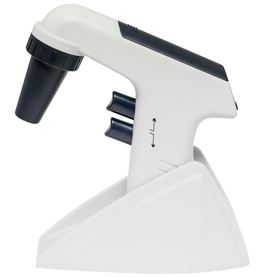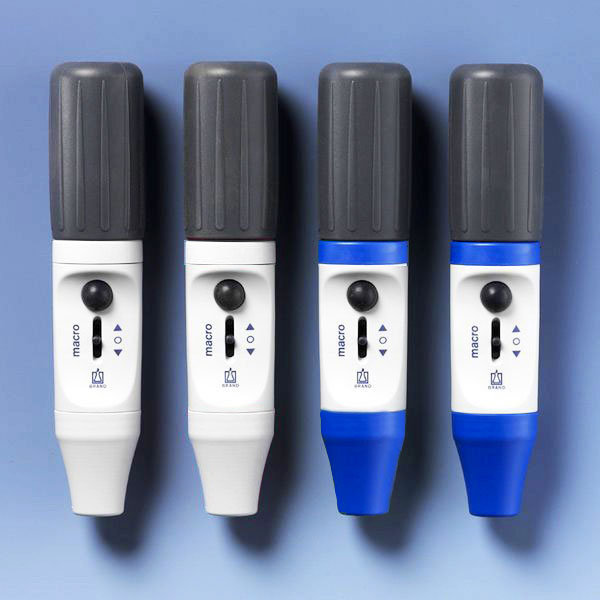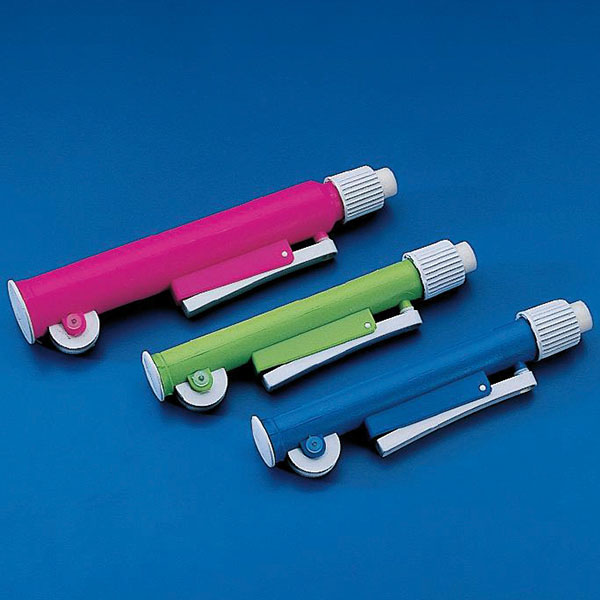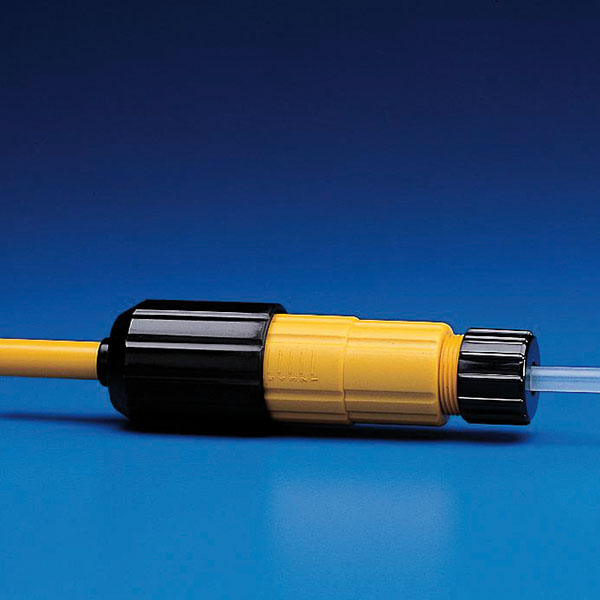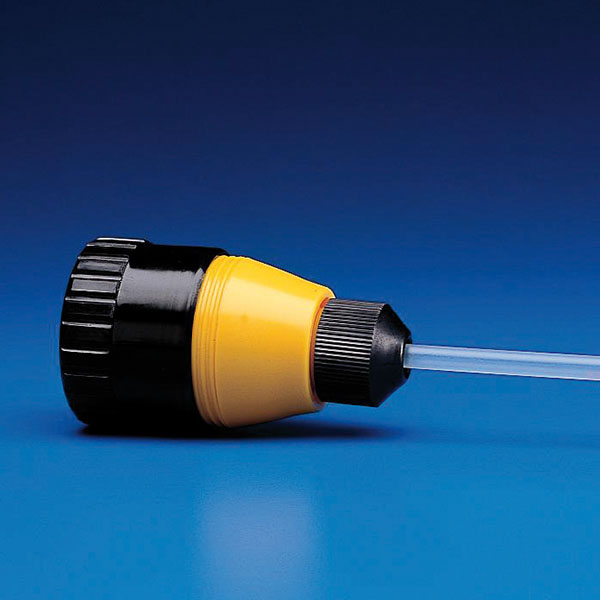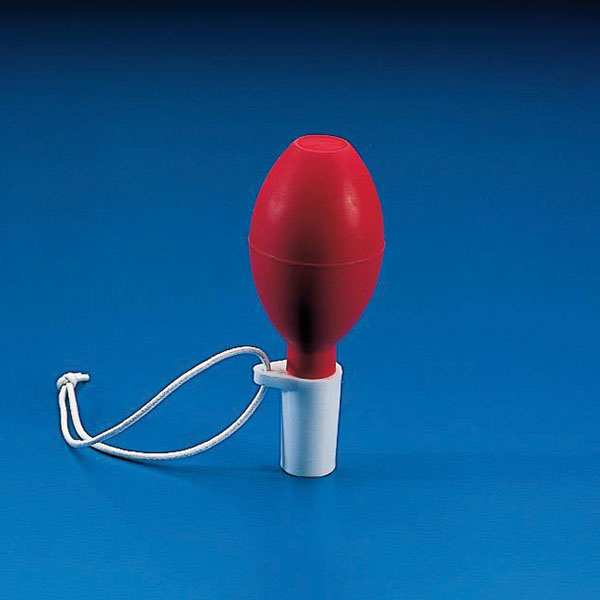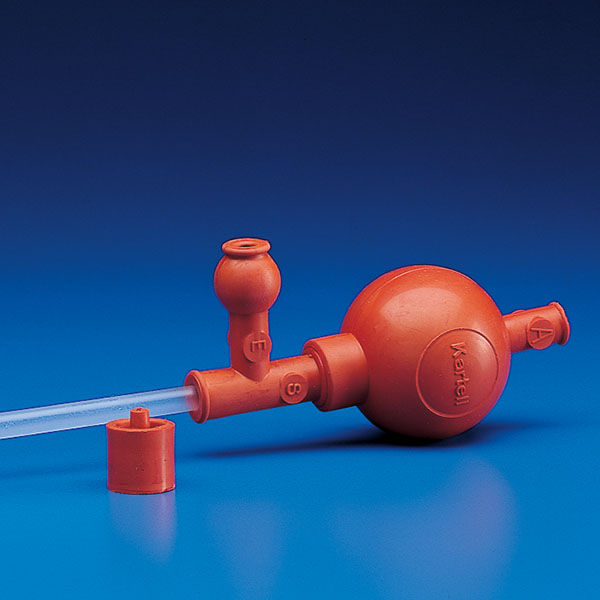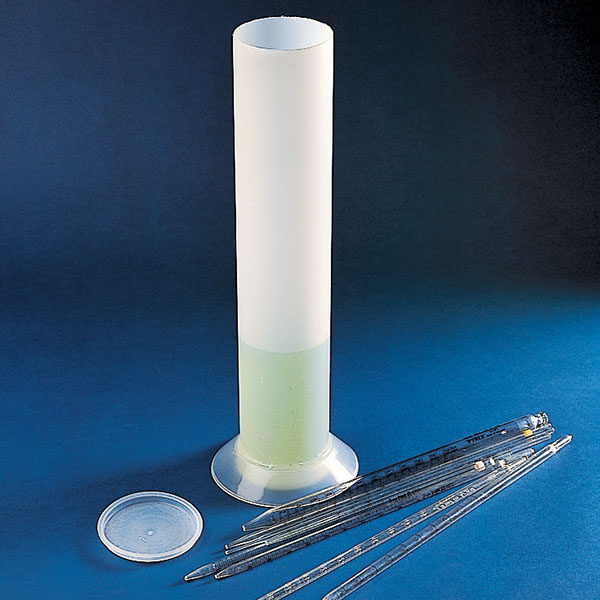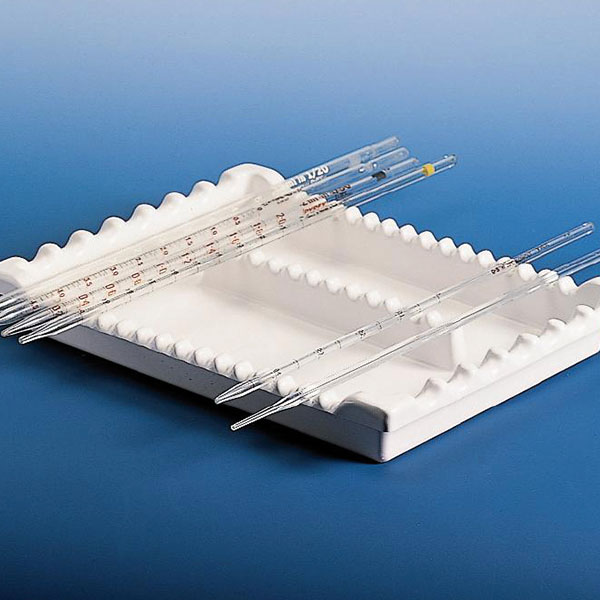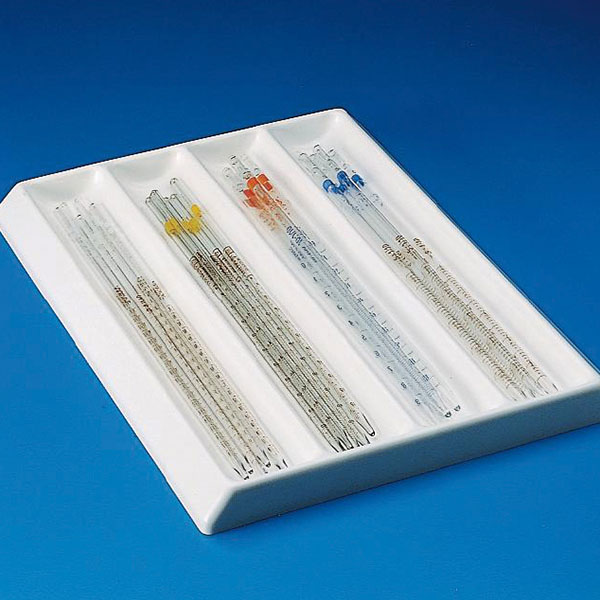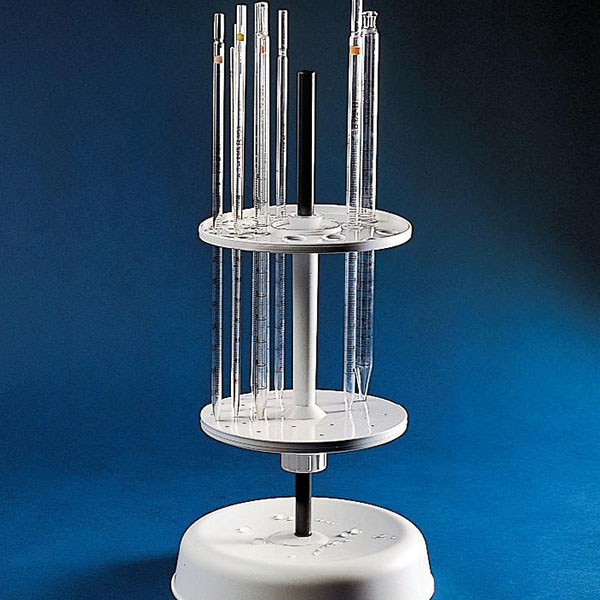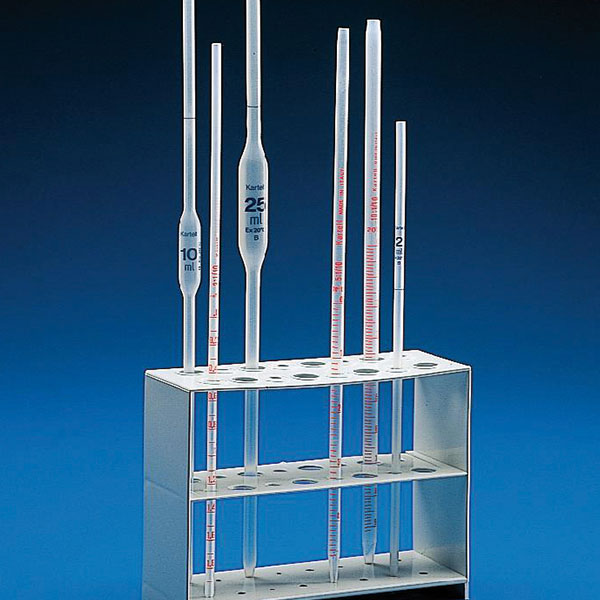Sampling of liquids to be analysed is one of the most frequent operations in the laboratory and is carried out with pipettes. Pipetting is the fundamental part of the preparation of the substance to be analysed: so-called sample preparation. The accuracy and consistent repeatability of pipette sampling determine the quality of the instrument, most often referred to as pipette. There are many types of sampling, but at Colaver you will always find someone who can answer your questions and provide you with the right material for your analysis.
Pipettes and Pipettors
Pipettors are instruments for use with glass or plastic pipettes. These can be graduated or volumetric in many capacities. It is important that the instrument has good suction and dosage control to promote quality sampling.
For good instrument cleaning, the instruments must be autoclavable and can be fitted with a filter for clean sampling.
These instruments are very popular today.
The use of rechargeable battery-operated pipettors is widespread today due to their ease of use.
But manual pipettors are still used, which take samples by means of a piston operated by buttons. By means of a mechanism it is possible to activate the sampling and, by reversing the direction, the ejection of the liquid drawn with the pipette.
Automatic Pipettors
With the automatic pipettor models you can select different speeds for both aspiration and dispensing.
They are designed with a focus on improved ergonomics and allow you to manage pipette speed and dispensing mode separately. This makes it possible to work with liquids of different volumes and viscosities. Modern pipettors are equipped with different types of filters and data readout displays for working with different types of pipettes.
.



